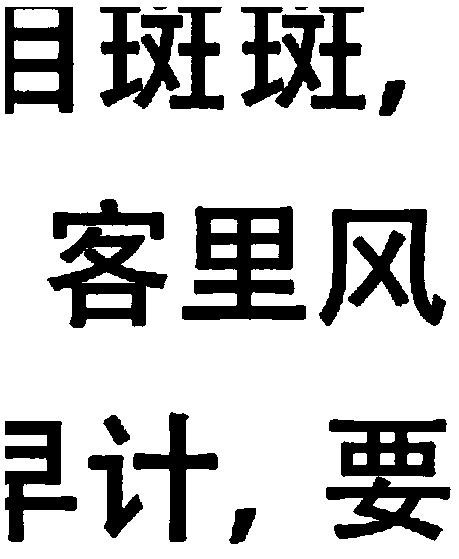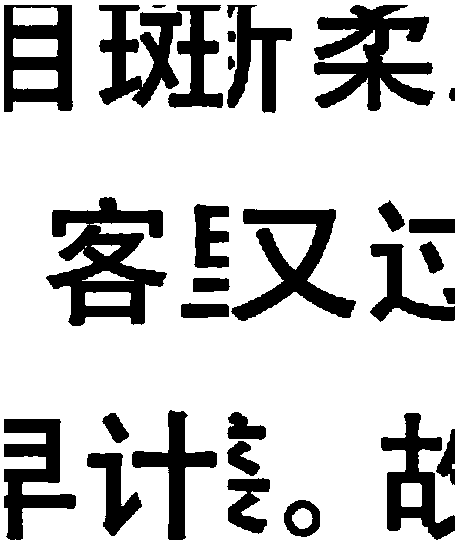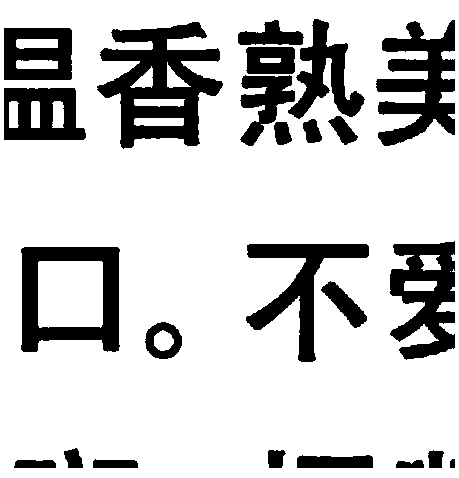Method for optimizing broken paper splicing and recovery problem through genetic algorithm
A technology of genetic algorithm and shredded paper, which is applied in the field of using genetic algorithm to optimize splicing and restoration of shredded paper, which can solve problems such as low efficiency and manual splicing to complete tasks.
- Summary
- Abstract
- Description
- Claims
- Application Information
AI Technical Summary
Problems solved by technology
Method used
Image
Examples
Embodiment
[0064] The method for using the genetic algorithm to optimize the splicing and restoration of shredded paper fragments disclosed in the embodiments will be further described below in conjunction with the accompanying drawings. as attached Figure 4 As shown, the method specifically includes the following steps:
[0065] S1. Evaluation of genetic difference:
[0066] Due to the wide application of genetic algorithm in the field of discrete optimization and its remarkable advantages, the present invention will optimize the splicing and restoration of shredded paper based on the optimization framework of genetic algorithm. Aiming at the characteristics of the splicing restoration problem of shredded paper, the present invention makes corresponding improvements to the operators of the traditional genetic algorithm. In the following, the present invention will be further introduced according to the operation flow of the genetic algorithm.
[0067] For the genetic algorithm, first...
PUM
 Login to View More
Login to View More Abstract
Description
Claims
Application Information
 Login to View More
Login to View More - R&D
- Intellectual Property
- Life Sciences
- Materials
- Tech Scout
- Unparalleled Data Quality
- Higher Quality Content
- 60% Fewer Hallucinations
Browse by: Latest US Patents, China's latest patents, Technical Efficacy Thesaurus, Application Domain, Technology Topic, Popular Technical Reports.
© 2025 PatSnap. All rights reserved.Legal|Privacy policy|Modern Slavery Act Transparency Statement|Sitemap|About US| Contact US: help@patsnap.com



